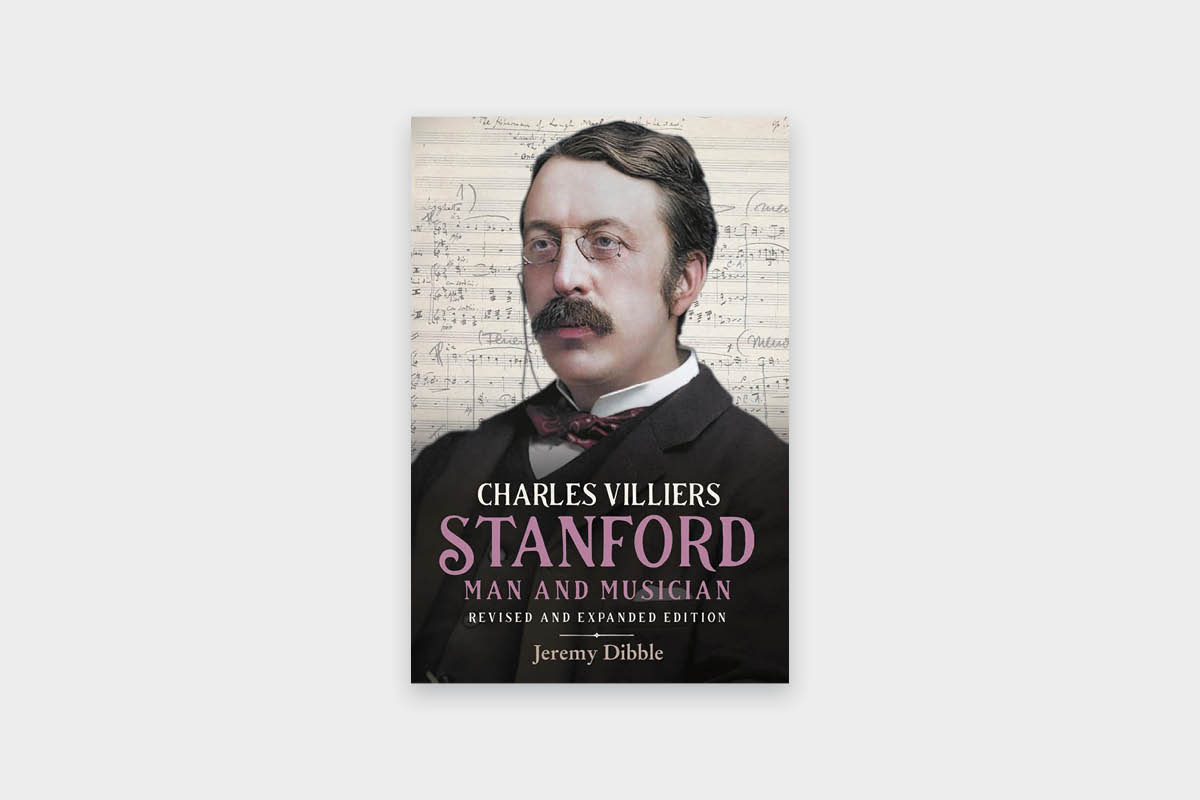There was a time, say 40 years ago, that his contribution to Anglican choral music was all that seemed long-lasting about Sir Charles Villiers Stanford.
By the time he published his first biography of the composer in 2002, Jeremy Dibble, a doyen of writers on late-19th, early-20th-century English music, was delighted to report that the tide was turning. Recordings of the seven symphonies, the concertos and performances of many of Stanford’s operas had seen the composer emerging at last from under layers of Edwardian varnish.

Twenty-two years on, and in this the centenary year of the composer’s passing, Stanford’s star has risen higher, and the general assessment of the range and quality of his work is even more favourable than it was. Dibble’s revised and expanded edition (by nearly 300 pages) is a major contribution with new sources and greater analyses of the works – just two of the reasons to acquire this authoritative doorstop of a book.
Stanford was born into the upper echelons of Ireland’s Protestant middle-class in 1852. Growing up in Dublin – which was far from being an artistic backwater – he was able to hear and meet leading European musical figures from Sigismond...
Continue reading
Get unlimited digital access from $4 per month
Already a subscriber?
Log in











Comments
Log in to join the conversation.